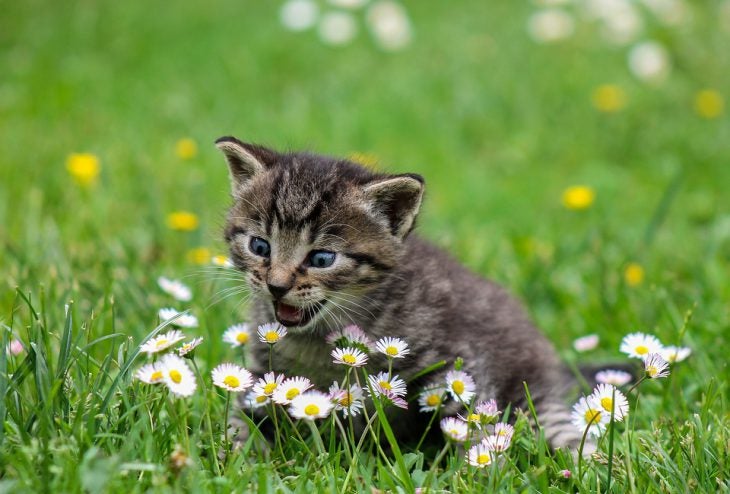If you have a cat that enjoys a good portion of its day outdoors, you might think training it to be an indoor cat is an impossible task. However, while the process may be a bit tedious at times, it can be done.
Some of the reasons you might be thinking about keeping your outdoor cat indoors for the remainder of its life include moving to a new area. A cat that is unfamiliar with the area could get lost. Another reason could be the cat’s safety. If you live in an area with other stray cats, and wild animals such as coyotes and foxes, you may wish to avoid any unfortunate incidents. Or you may simply want to make your outdoor cat an indoor cat so that it can avoid fleas and ticks. You’ve probably also read that indoor cats live longer than outdoor cats.
Regardless of the reasons, in order to train your outdoor cat to be an indoor cat, there are several steps and factors to consider.
Things to Consider When Training Your Outdoor Cat to Be an Indoor Cat
1. The temperament of the cat
If a cat has lived most of its life already going outside often, it may not be so willing to remain indoors. The cat could also actually engage in rebellious behavior. However, most cats do adjust to being an indoor cat easily, especially if you start training them when they are young.
2. The size of the home
A larger home is better for the cat to adjust in than a smaller home. It will not feel so confined, and has plenty of places to explore and “claim as its territory.”
3. The cat must be entertained
Giving the cat plenty of toys, attention, and areas to be high, such as cat shelves and cat posts, will help the cat quickly adjust to being indoors all the time.
How to Train Your Outdoor Cat to Stay Indoors
1. Establish a Schedule
You might already feed your cat on a specific schedule, but if not, you should start.
2. Give the Cat Toys
Toys that look somewhat like birds or mice will enable the cat to still feel like it is hunting. Catnip is also a great distraction for cats. Be sure to play with the cat as well. Help it to get exercise and get used to playing inside rather than outside.
3. Get Cat Grass
Cats often eat grass when outside. To further help the cat transition, you can purchase a pot of cat grass in a pet store, or at least the seeds to grow some in a small pot.
Keep in mind that during the process, you may deal with the cat meowing incessantly at the door to go out, clawing up rugs or furniture, and possibly even urinating and defecating outside of the litter box. The cat could also refuse to eat. If any of this behavior occurs, it is important to stay patient. The bad behavior should eventually stop.





